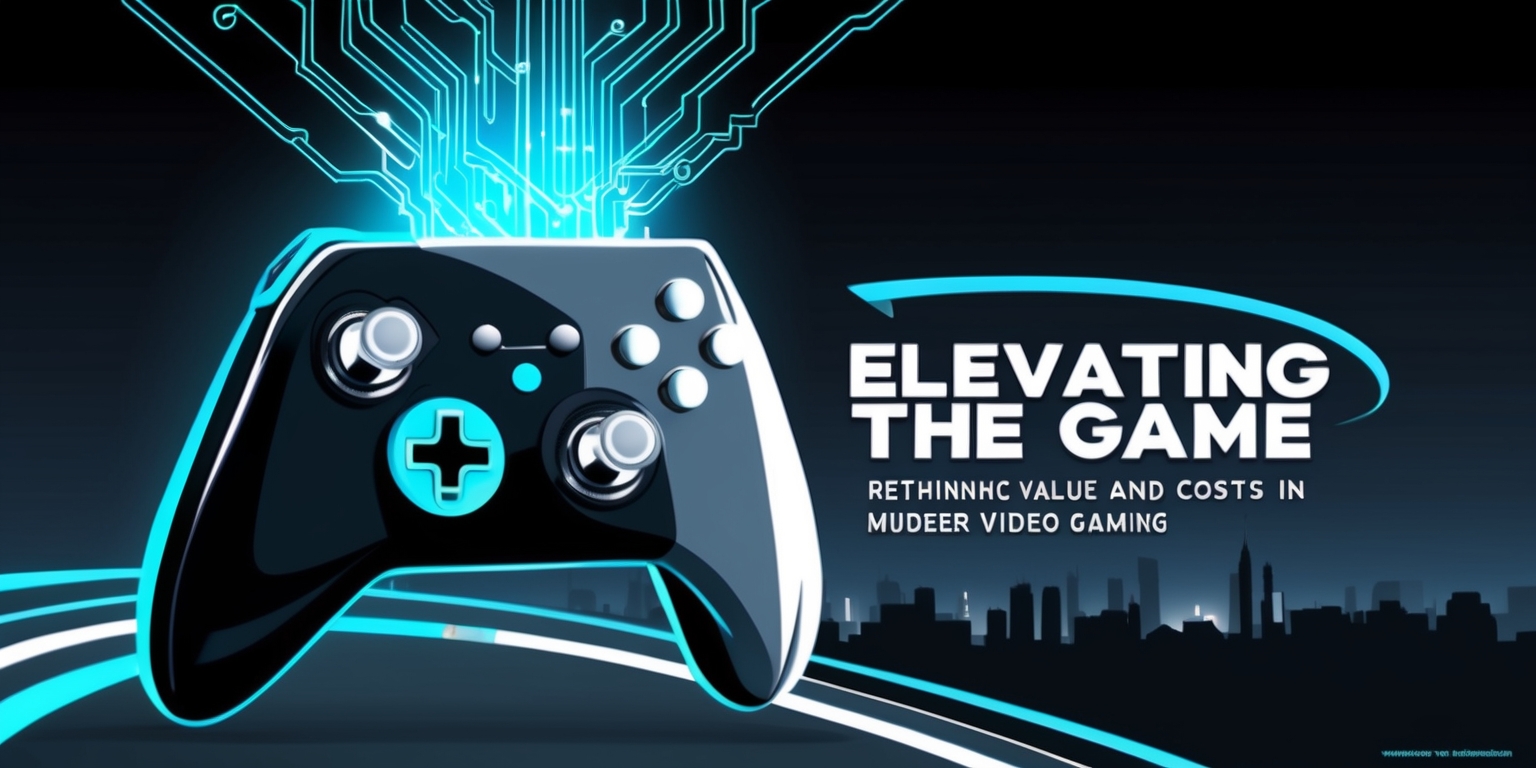Elevating the Game: Rethinking Value and Costs in Modern Video Gaming

This article explores a perspective on game pricing that challenges current industry standards, arguing that modern video games are undervalued despite high consumer price tags. The discussion focuses on the contrasting views between many players who find current prices steep and industry veterans who believe more should be charged given the escalating costs of development.
Industry figures, including a well-known former console executive, assert that paying amounts such as $69.99 or even $79.99 for games has become usual. While many consumers consider such prices a burden, some influential insiders argue these figures are far below what they should be. Recent moves by a major gaming company to raise the stakes with its next-generation console have set a precedent that appears to be mimicked by others in the market.
During a recent conversation with a prominent industry outlet, the former executive emphasized that game prices should increase with every new generation of consoles. The core of his argument is captured by the following points: points:
- Price increases should be a natural progression with each console generation.
- Companies avoid initiating these increases for fear of losing customer interest.
- The reluctance to adjust pricing ultimately pressures profit margins due to static pricing against rising costs.
He also pointed out that high-budget games have maintained the same price for nearly twenty years, despite significant growth in both production time and overall costs. By comparing an era when a $60 title could cost roughly $10 million to produce with current scenarios where similar projects may require up to $160 million, he underscored the potential risk this poses to the long-term viability of the industry.
This perspective invites further reflection on whether the current pricing model adequately reflects the investment required in game development today. How do you view the balance between consumer costs and production expenses in the modern gaming landscape?








